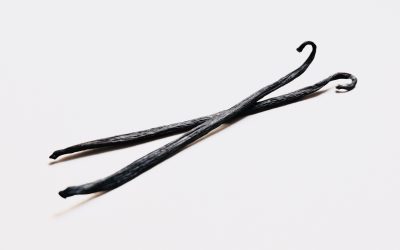Shortcrust is a fundamental product when it comes to baking and is used in many different types of product. As one of the most common recipes made by any pastry chef or baker, it is a highly versatile pastry. When looking at the many different ways that you can use it, first we must make sure we fully understand what it is.
Shortcrust is a pastry made by mixing two parts flour to one part fat. This is mixed together to form a loose mixture. It is then bound together using cold water until it forms a smooth dough. This is then chilled, rolled out and cut or shaped to whatever is needed for the use planned for the pastry. It can be flavoured using dry ingredients, like paprika or herbs, depending on what you are using it for. Feel free to play around with the flavourings when you are using it.
Shortcrust Pastry Uses
As we discussed above, shortcrust is a highly versatile pastry. It can be used in a variety of different ways, but these uses fall into two different categories.
The first category of uses for the pastry is tarts and pies. This use demonstrates the great structure of shortcrust, as well as its richness from the amount of butter. Whilst shortcrust is a savoury pastry, it can have sugar added for a sweet pastry that is then used for a sweet tart.
When making a shortcrust pastry tart, the pastry is rolled out to a larger size than the tart case. This allows for the pastry to be pressed up the sides, and then trimmed to form a neat edge. Often, depending on the filling, shortcrust pastry tarts will be baked blind. This means to bake without the filling inside, often done to set the tart case to prevent leaking filling
The second most common type of usage for a shortcrust pastry is for pasties or empanada like products. For this, it involves a filling fully encased in shortcrust pastry. When making products like pasties it is important to consider the amount of moisture involved. as Too much liquid in the filling will cause the pastry to get soggy. This technique can be used for things like sausage rolls as well, and is another example of the versatility in adding flavour to a pastry.
For video recipes involving pastry such as tarts and pies sign up to The Online Pastry School for a free 30 day trial
For top tips on getting the most out of your pastry see here


